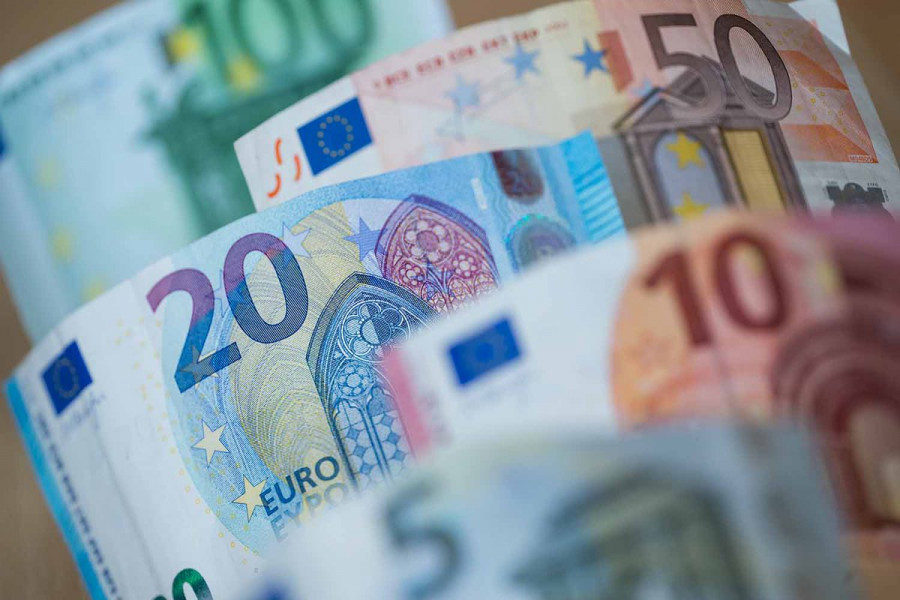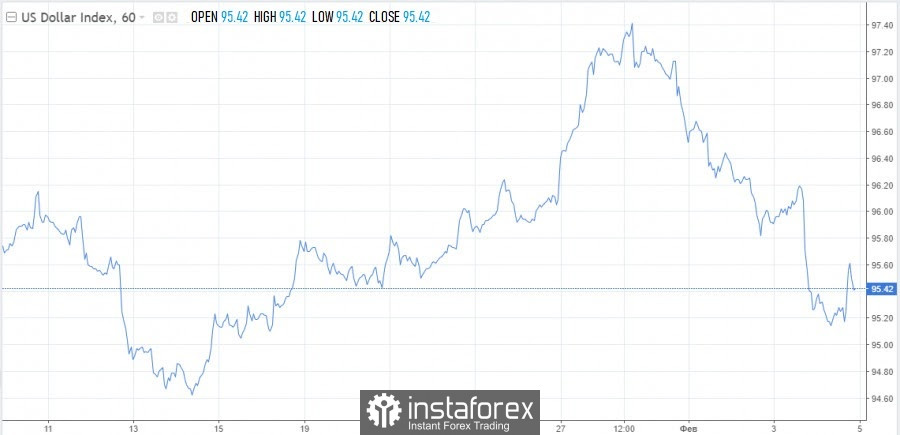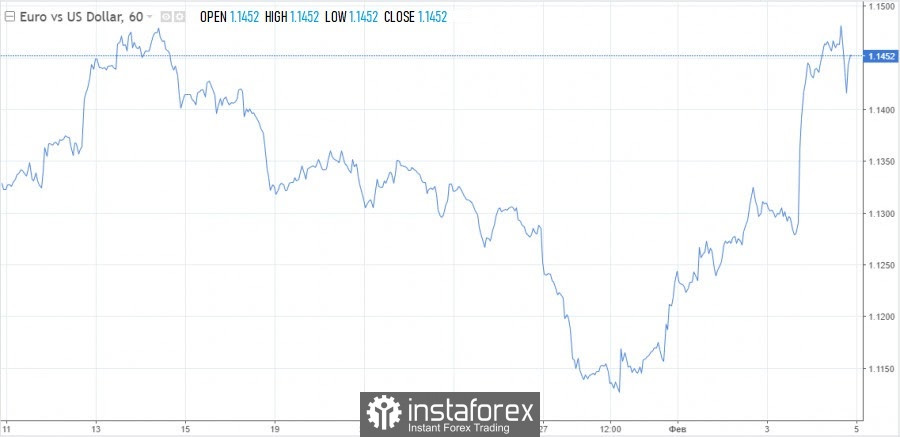

The European Central Bank practically capitulated yesterday, and ECB President Christine Lagarde's iron stance on the temporary acceleration of inflation is no longer so ironclad. The ECB will follow the path of the Federal Reserve, this is already clear. Although Lagarde did not say anything like that directly, she still kept silent about the fact that she is categorically against raising rates this year. It means that there will be a tightening, and the euro felt a sign of change.
The euro rose, there was a one hundred percent correction from the previous fall. However, further new drivers are needed for a more significant increase in the exchange rate. Now there are none on the market. The most EUR/USD pair can grow to the value of 1.1500, in an extreme case, which is unlikely, the quote can grow to 1.1580.
In general, the situation develops in such a way that the current rise is the most that bulls are now capable of. On Friday, growth was still possible based on uncertain statistics on the US labor market, but in the US session it was clear that the euro was exhausted and it was difficult for it to resist the dollar that was gaining strength. Dollar bulls went hunting after a pause and have already begun to show character.
Speaking of labor market statistics, the unemployment rate unexpectedly rose to 4% in January from 3.9% in December. At the same time, the number of people employed in non-agricultural sectors of the economy increased by 467,000, which is significantly higher than the forecast of 150,000.
Since there are great doubts that the Fed will retreat from the normalization policy based only on the growth of unemployment. The goal is inflation, which needs to be defeated, so there is no reaction that could have been observed earlier, when the labor market was the primary marker of the Fed.
The dollar index is making attempts to recover, the fall to 95.00 and below, apparently, is canceled. The drop in the index is nothing more than a temporary correction, which means that it can break through the 96.00 mark again.

As for the euro, the 1.1500 bar is the most that the single currency can show in February, analysts say. Next week, the EUR/USD pair risks going back to the 1.1400 area and further falling down to 1.1370.
The fall of the quote to 1.1000 is now silent, now such a forecast is irrelevant, since the ECB may soon begin tightening policy, and as sharply and aggressively as the Fed plans to do.
So far, the euro should slightly adjust downwards, but strategists are not waiting for those weak levels that we have seen recently. A significant drop below 1.1400 is unlikely. By the end of the month, the quote may stabilize around 1.1450.
Pressure on the EUR/USD pair will be exerted by the resumption of discussions around the starting point of the Fed tightening. Mainly for this reason, the single currency will not be able to go beyond the 15th figure. This breakthrough will not be easy for bulls to achieve.

"We think we will need to go through the early stages of the start of Fed tightening, get more clarity on the terminal rate forecast before the euro can really take off," TD Securities economists write.
Leaving the quote below 1.1400 will be an important tactical moment – and that's all. It is now becoming clear to everyone that deep dips in the euro are unlikely to occur. Markets are starting to tune in to tightening.
On Friday, a senior ECB official said that it would be logical to raise the key rate no later than next year. In the medium term, the central bank will ensure a moderate level of inflation. The comments remained without reaction from the market, which has already put several increases in the price by the end of 2022 after Lagarde's hawkish statement.